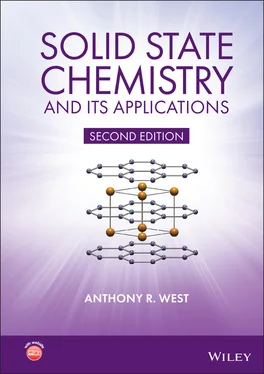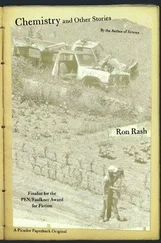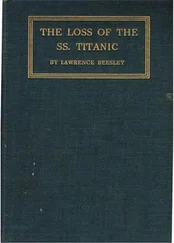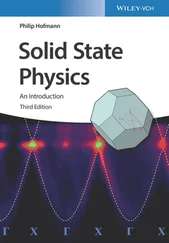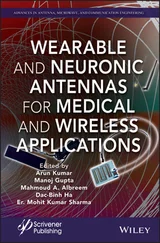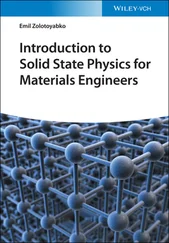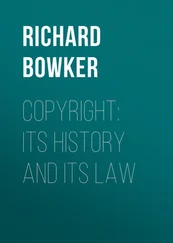Tony Westobtained his BSc degree in Chemistry at University College Swansea and his PhD at the University of Aberdeen, where he worked with Professor F. P. Glasser on silicate chemistry. He was appointed as a Lecturer in Aberdeen in 1971 and developed a lifetime interest in the then‐emerging field of solid state chemistry with special interest in the synthesis of new oxide materials, their crystal structures and electrical properties. He was awarded a DSc from Aberdeen in 1984 and rose through the ranks to become Professor of Chemistry in 1989 before moving to the University of Sheffield, Department of Materials Science and Engineering, as Head of Department in 1999, a post he held until 2007.
Tony was founding editor of the Journal of Materials Chemistry and subsequently established the Materials Chemistry Forum, which has now become the Materials Chemistry Division of the Royal Society of Chemistry. He organised the First International Conference on Materials Chemistry, MCI, in Aberdeen, 1993, and coorganised the first Materials Discussion, MDI, in Bordeaux, 1998. He also served as President of the Inorganic Chemistry Division of IUPAC, 2004–2007.
Tony is a Fellow of the Royal Society of Chemistry, the Institute of Physics, the Institute of Materials, Minerals and Mining (IOM 3), and the Royal Society of Edinburgh. Over the years he has received several awards, including an Industrial Award in Solid State Chemistry from the RSC (1996), the Griffiths Medal and Prize from the IOM 3(2008), the Epsilon de Oro Award from the Spanish Society of Glass and Ceramics (2007) and the Chemical Record Lectureship from the Chemical Societies of Japan (2007). He has been awarded the 2013 John B. Goodenough Award in Materials Chemistry by the RSC, a lifetime award which recognises exceptional and sustained contributions to the field of materials chemistry.
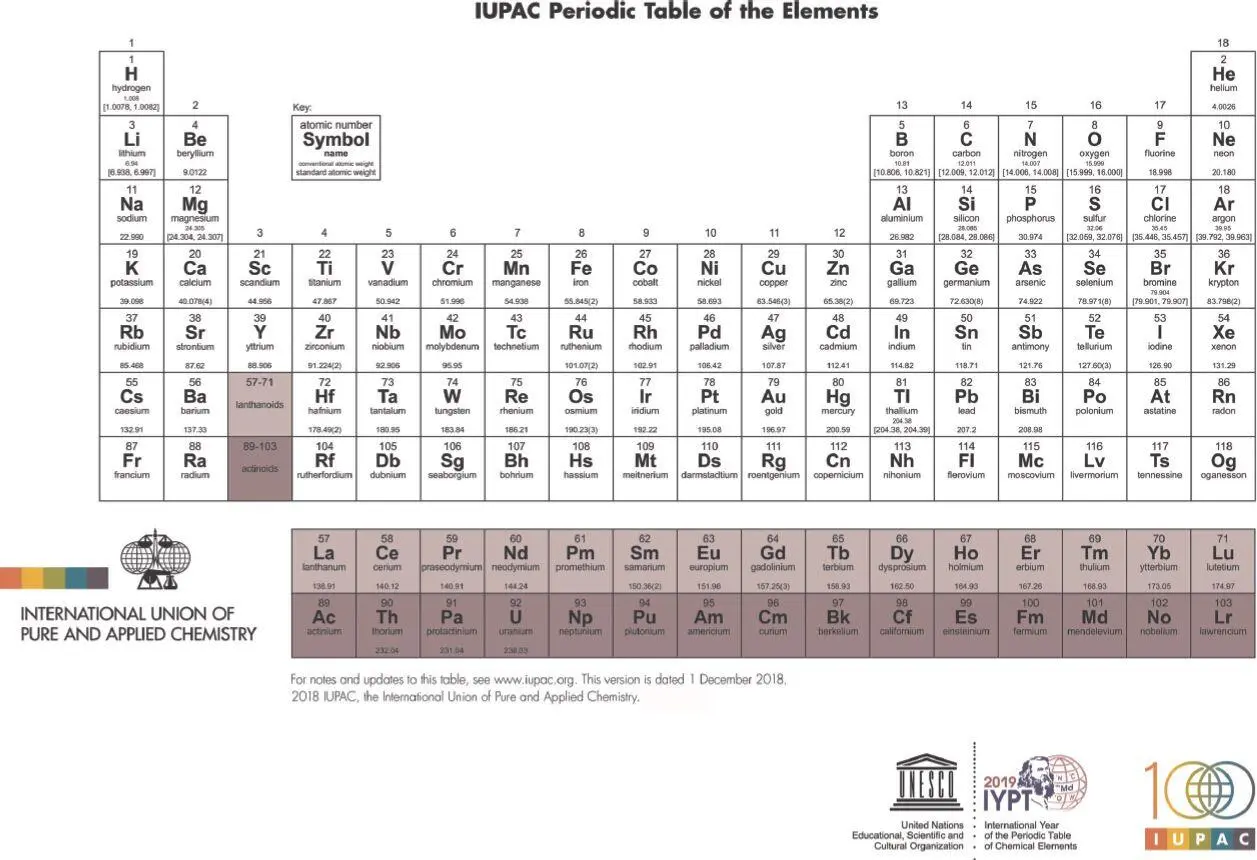
Solid State Chemistry, an Overview of the Discipline: Chemistry – Solid State Chemistry – Materials Chemistry – Materials Science and Engineering
Chemistry is an evolving subject! Traditionally, there have been three branches of chemistry: organic, physical and inorganic, with some arguments in favour of including analytical as a fourth branch. An alternative, fairly new classification (favoured by the author!) divides chemistry into two broad areas: molecular (which includes liquids and gases) and non‐molecular (or solid state). The ways in which we think about, make, analyse and use molecular and non‐molecular substances are completely different, as shown by a comparison of one ‘simple’ substance in each category, toluene and aluminium oxide:
Comparison of the chemistries of molecular and non‐molecular materials
| Characteristic |
Toluene |
Aluminium oxide |
| Formula |
Fixed, C 6H 5CH 3 |
Usually fixed, Al 2O 3, but for other oxides may be variable, e.g. Fe 1−xO |
| Are defects present? |
Not allowed: missing or mis‐placed atoms give rise to different molecules |
Unavoidable: small concentration of vacancies, interstitials and dislocations are always present |
| Doping possibilities |
Not possible without producing a different molecule |
Doping or solid solution formation allows control and optimisation of properties, e.g. ruby is Cr‐doped Al 2O 3 |
| Structure and its determination |
Molecular structure can be determined spectroscopically: NMR/Mass Spec/IR. Determine packing arrangement, bond lengths and angles, by single crystal X‐ray diffraction. Usually, structural information is then complete. |
Full characterisation of a solid requires structural and compositional information across the length scales from local, to unit cell, nano and microscales. Many diffraction, spectroscopic and microscopic techniques are needed for full characterisation. |
| Properties and applications |
Controlled by molecular formula and configuration; cannot be modified by doping. Some properties (e.g. pharmaceutical activity) may depend on molecular packing arrangements in crystals. |
Properties/applications depend on crystal structure, defects, dopants, surface structure, particle size and whether the material is a powder, single crystal, film, etc. Consider the diverse applications of Al 2O 3: films and ceramics used as insulators; powders used as abrasive; with Cr 3+dopants, ruby is used for lasers; porous solids used as catalyst supports. |
Thus, for toluene, once its formula and molecular structure had been determined there were few remaining issues to be resolved other than, perhaps, the detailed packing arrangement of molecules in crystalline toluene at low temperatures or the possible discovery and evaluation, even today, of as‐yet unknown chemical, biological or pharmaceutical properties of pure toluene.
Alumina, by contrast, is a highly complex material; its properties, and therefore potential applications, depend on different aspects of its structure (bulk, defect, surface, nano), the methods needed to fabricate it in different forms and shapes, the possibility of doping to modify its properties and the characterisation or determination of its structure (and its composition, whether homogeneous or heterogeneous, if doped) across all length scales. This is solid state chemistry!
The biggest contrast between molecular and non‐molecular materials is that the latter can be doped, allowing modification and control of properties such as magnetism, superconductivity and colour/optical band gap. By contrast, attempts to dope molecules are inevitably frustrated since replacing one atom in the molecule by another, or creating defects such as missing atoms, lead to entirely different molecules.
In recent decades, materials chemistry has emerged as a distinct branch of chemistry which covers both non‐molecular, solid state materials (oxides, halides, etc.) and many molecular materials (especially, functional polymers and organic solids with potentially useful physical properties). Materials chemistry cuts across the traditional disciplines of chemistry but also includes something extra which is an interest in the physical properties of compounds and materials. In the past, solid state physics and materials science have been the usual ‘home’ for physical properties; but now, they are an intrinsic part of solid state and materials chemistry.
The distinction between materials chemistry and materials science is often unclear but can be summarised broadly as follows:
Materials chemistry
Synthesis – structure determination – physical properties – new materials.
Materials science
Processing and fabrication – characterisation – optimisation of properties and testing – improved/new materials for engineering applications in products or devices.
Materials science focuses on materials that are already known to be useful or have the potential to be developed for applications, either by compositional control to optimise properties or by fabrication into desired forms, shapes or products. Materials science therefore includes whatever aspects of chemistry, physics and engineering that are necessary to achieve the desired aims.
Materials chemistry is much more than just a subset of materials science, however, since it is freed from the constraint of a focus on specific applications; materials chemists love to synthesise new materials and measure their properties, some of which may turn out to be useful and contribute to the development of new industries, but they do this within an overarching interest in new chemistry, new structures and improved understanding of structure – composition – property relationships.
Читать дальше
